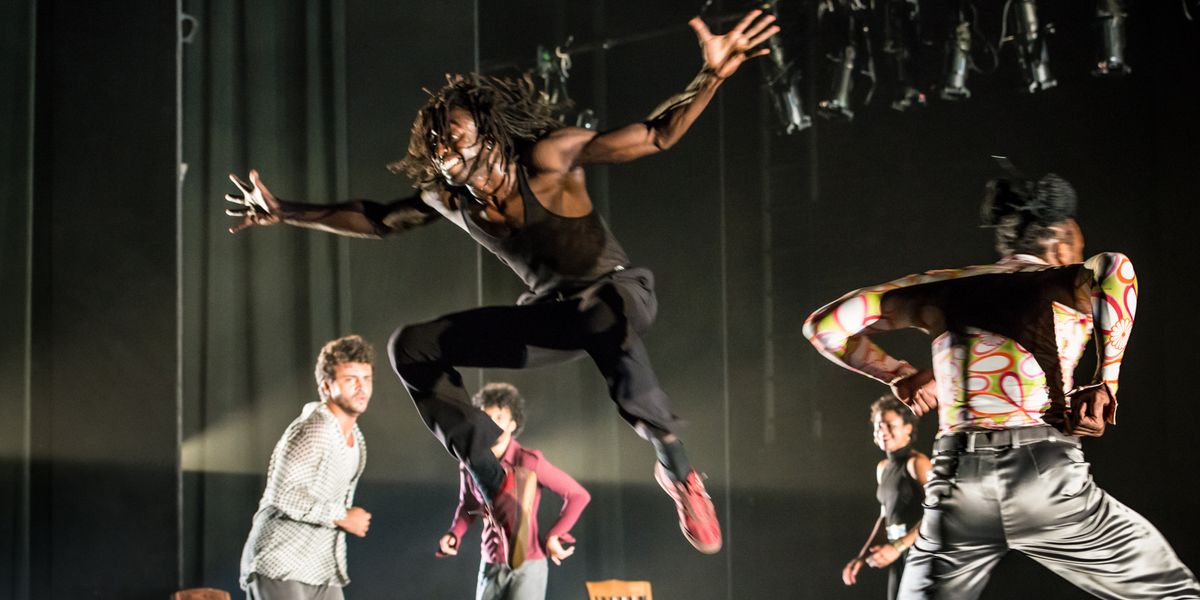10 Minutes With Choreographer Sonia Destri Lie
Sonia Destri Lie has placed her bets on dancers from an unlikely place: the favelas of Rio de Janeiro. Destri’s artful choreography allows the dancers of her Companhia Urbana de Dança to speak their truth about the experience of being black and poor in a country where race and class rule. At turns raw, fluid and well crafted, her work is about the lived experience of her dancers. This month Destri will present
ID: Entidades and Na Pista at White Bird in Portland, Oregon, and BlackRock Center for the Arts in Maryland.
Before Companhia Urbana de Dança, you worked in ballet and contemporary dance. How did you become immersed in hip hop?
When I left Brazil we didn’t have hip hop or urban dance. I met Marvin A. Smith, an American teacher and choreographer, in Germany. Every time I passed his studio it was a lot of happiness. One day he invited me to take his class. Oh my god, heaven! No tension in my body.
How do you describe the form of hip hop you are doing?
When I started with the CUD dancers I was very “Marvin.” The guys had their own vocabulary that they copied from television; they knew some tricks, they knew how to move. We’re talking about many years ago: Michael Jackson, “Soul Train,” Backstreet Boys. I started bringing American people to teach them the real thing. For a few movements we knew we were as good as the Americans. For others we decided to take that part of the movement and work on it and sign our name at the end. We stopped fighting and trying to be something we are not, or to dance a dance that doesn’t belong to us.
What kind of training do you offer your
dancers?
They do what we call an “army cross-fit class.” It’s a session with stretching and abdominals, and we mix breakdance, capoeira and contemporary dance. Once a week they run on the beach. I also decided to start giving dance class again. I begin it with hip-hop diagonals and we end with ballet.

Sonia Destri Lie. Photo by Stephanie Scherpf
Can you describe your process of creating new works with the company?
Normally I have the idea and say, “I’m thinking about this. What do you think?” I give exercises, sometimes I bring books, sometimes I ask them to write things, and I change the text and they read to each other. Sometimes I ask them to create choreography to the lines that they just read.
What does it mean to you that you are from Brazil’s upper middle class and that you work with dancers from the favelas?
This company changed my life. I had no idea about the pain of so many people. You see people dying everywhere here in Rio. So it’s not just about dance. The company is a place where they can have a voice. The American people have the expression, “To use my white privilege to change things.” That is what I do. I never thought that to be white would be something good.
What is your vision for the company in 20 years?
I want to get our own space and the sponsors we need. I want my dancers to be running their own young company. The guys are going to keep doing the repertoire, learning, traveling, and I’m going to be here to help. We’re going to have two dance companies, one that belongs to the guys. It’s going to be an intense 20 years. I don’t want the feeling that I wasted my time.




